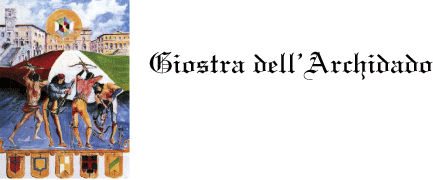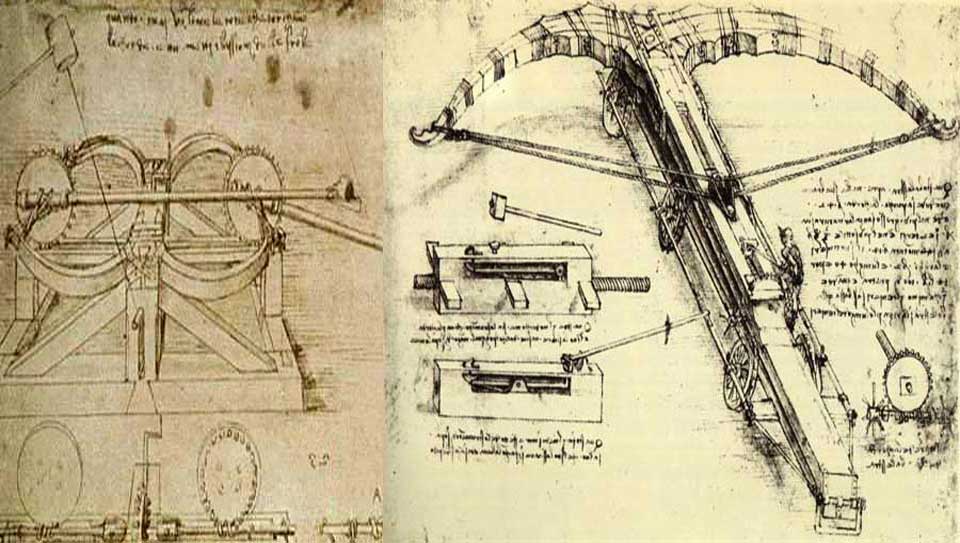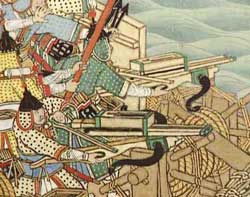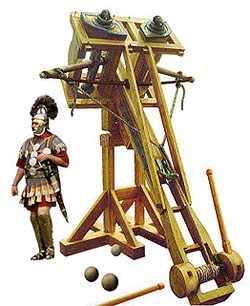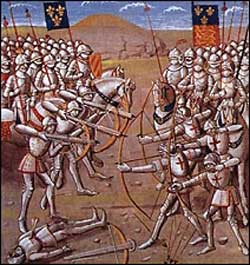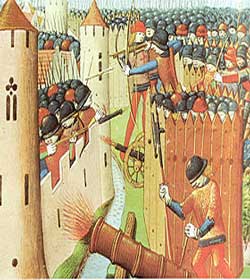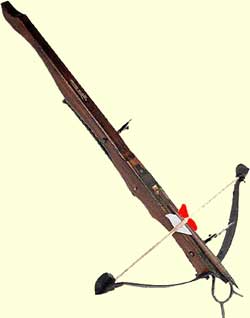The greek ballista
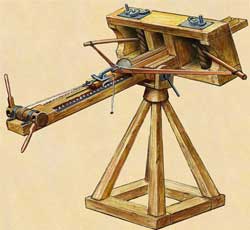
The Greeks used similar machines, called “ballistas”, which were war weapons that seem to be the precursors of medieval crossbows. Moreover, Alexander The Great used these weapons regularly during his campaigns (336-323 B.C.). The Greek ballista was made of a solid framework and its propulsion system was located on the fore part, within an open box. This one consists of a wooden bow made of two separate arms, which were tied to the box by two rod hanks: the bow was stretched by using a hand-pulley, which clasped the rod and drew it up until it was locked in place. Such a weapon could shoot an arrow of 500 g to a distance of over 400 metres having devastating effects.
